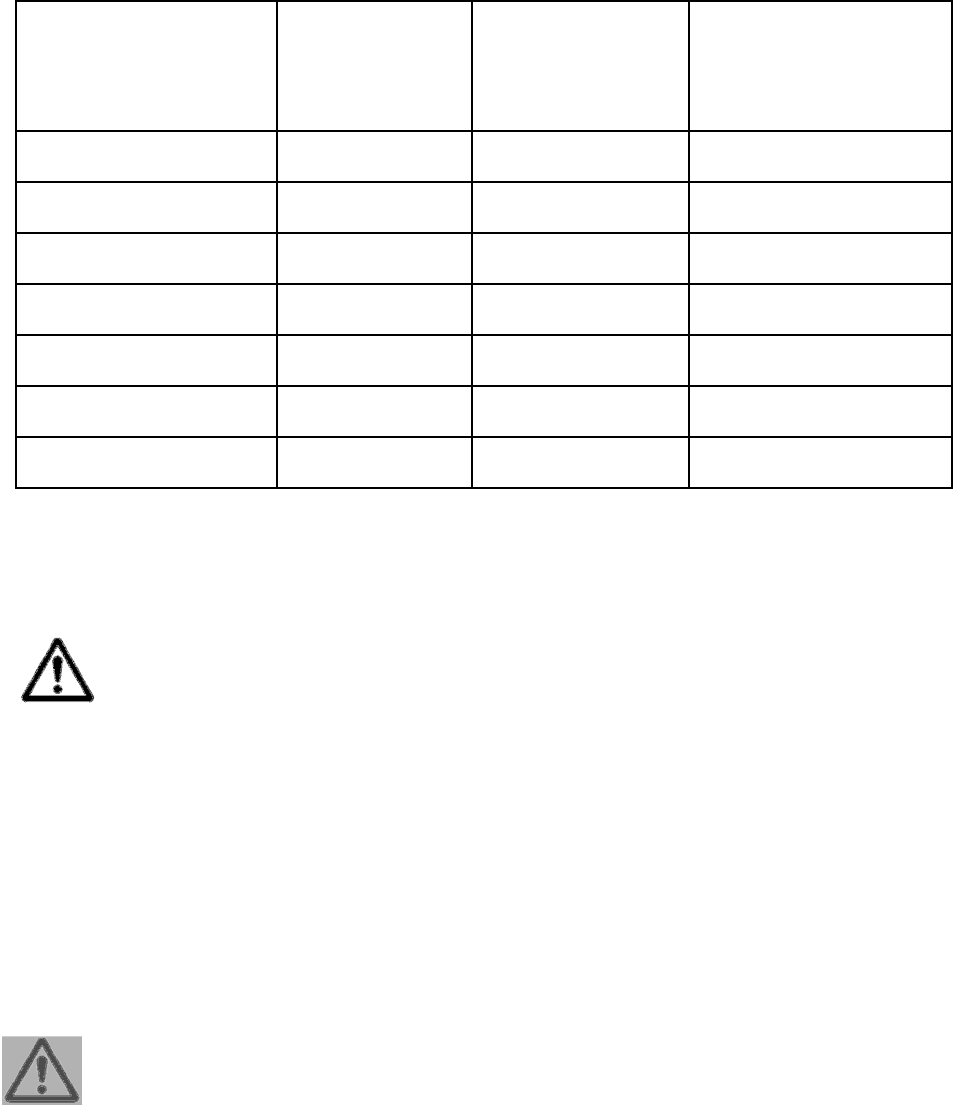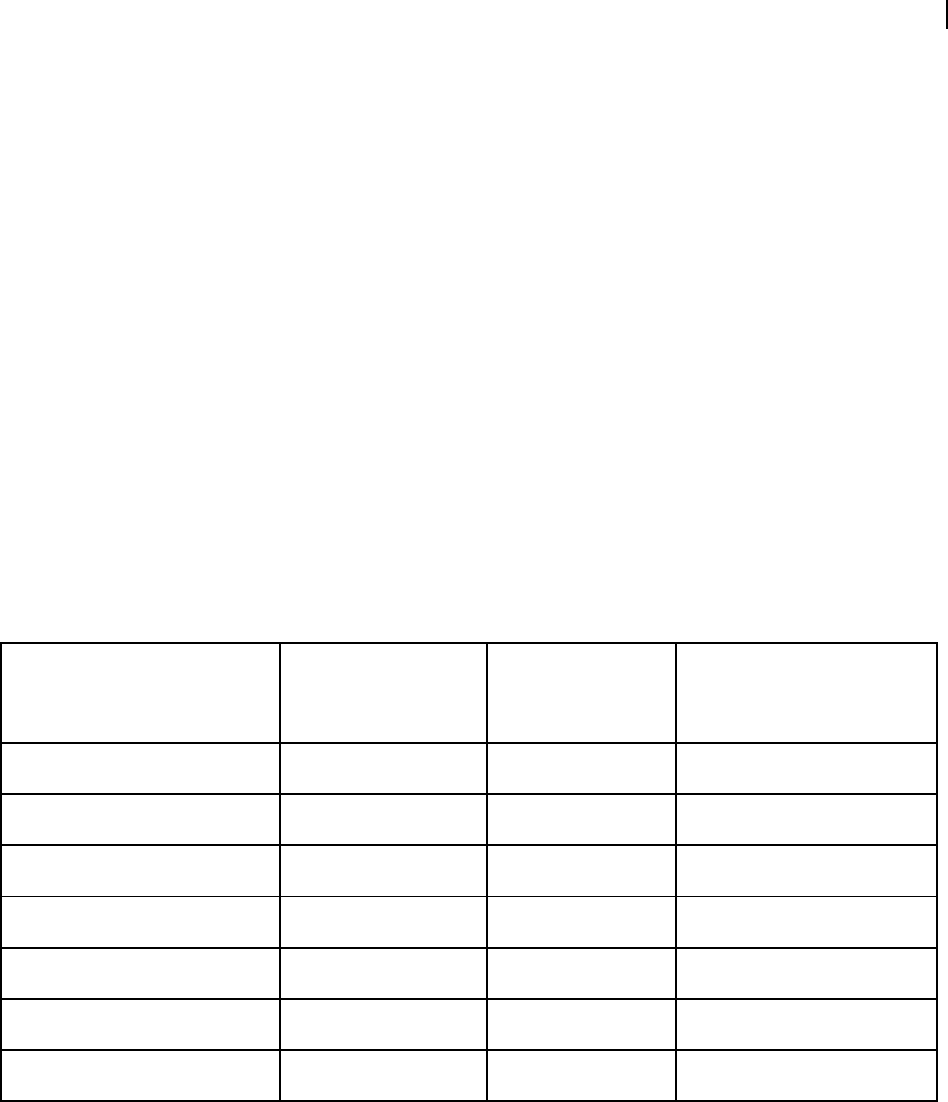Intermec Technologies IM11 IM11 User Manual Compliance Insert
Intermec Technologies Corporation IM11 Compliance Insert
Contents
- 1. Compliance Insert
- 2. User Manual
- 3. user manual
- 4. user Manual
Compliance Insert

IM11 RFID Radio, 900 MHz Compliance Insert
Model IM11
Graphic 2006 (FCC), 2001(C tick AS/NZS)
For Users in English-Speaking Regions
This marking indicates that the user should read all included documentation
before use. Retain this supplement for future reference.
Users of this product are cautioned to use accessories and peripherals approved by Intermec
Technologies Corporation. The use of accessories other than those recommended, or
changes to the product that is not approved by Intermec Technologies Corporation, may void
the compliance of this product and may result in the loss of the user’s authority to operate the
equipment.
Radiation Exposure Statement
Warning: This equipment complies with International Commission on Non-
Ionizing Radiation Protection (ICNIRP), IEEE C95.1, Federal
Communications Commission Office of Engineering and Technology (OET)
Bulletin 65, Canada RSS-102, and European Committee for
Electrotechnical Standardization (CENELEC) limits for exposure to radio
frequency (RF) radiation.
Use of antennas and accessories not authorized may void the compliance of this product and
may result in RF exposures beyond the limits established for this equipment.
When installing and using this product, a 25.4 cm (10 in.) passing distance must be maintained
from the body or head of the user or nearby persons and the antenna. The antenna must not
be touched during transmitter operation.
For Users in U.S.A. and Canada
Caution: FCC Compliance
Intermec RFID systems require professional installation.
Antennas: The users of this product are cautioned to use antennas and accessories approved
by Intermec Technologies Corporation. The use of antennas and accessories that are not
approved by Intermec Technologies Corporation may void the compliance of this product and
may result in the loss of the user’s authority to operate the equipment.
U.S.A. Digital Emissions Compliance
This device complies with part 15 of the FCC Rules. Operation is subject to the following two
conditions: (1) this device may not cause harmful interference, and (2) this device must accept
any interference received, including interference that may cause undesired operation.
This equipment has been tested and found to comply with the limits for a Class B digital device,
pursuant to Part 15 of the FCC Rules. These limits are designed to provide reasonable
protection against harmful interference in a residential installation. This equipment generates,
uses, and can radiate radio frequency energy and, if not installed and used in accordance with
the instructions, may cause harmful interference to radio communications. However, there is no
guarantee that interference will not occur in a particular installation. If this equipment does
cause harmful interference to radio or television reception, which can be determined by turning
the equipment off and on, the user is encouraged to try to correct the interference by one or
more of the following measures:
• Reorient or relocate the radio or television receiving antenna.
• Increase the separation between the computer equipment and receiver.
• Connect the equipment into an outlet on a circuit different from that to which the radio or
television receiver is connected.
• Consult the dealer or an experienced radio television technician for help.
Canadian Compliance
This device complies with Industry Canada license-exempt RSS standards. Operation is
subject to the following two conditions: (1) this device may not cause harmful interference, and
(2) this device must accept any interference received, including interference that may cause
undesired operation.
CAN ICES-3 (B)/NMB-3 (B)
External Antenna Statement
Under Industry Canada regulations, this radio transmitter may only operate using an antenna of
a type and maximum (or lesser) gain approved for the transmitter by Industry Canada. To
reduce potential radio interference to other users, the antenna type and its gain should be so
chosen that the equivalent isotropically radiated power (e.i.r.p.) is not more than that necessary
for successful communication.
This radio transmitter IC: 1223A-IM11 has been approved by Industry Canada to operate with
the antenna types listed below with the maximum permissible gain and required antenna
impedance for each antenna type indicated. Antenna types not included in this list, having a
gain greater than the maximum gain indicated for that type, are strictly prohibited for use with
this device.

Description
Gain
(dBi)
Cable Loss
(dB)
Impedance
(Ohms)
Panel CP 8.0 2.4 50
Panel LP 8.0 2.4 50
Patch CP 7.0 2.4 50
Patch LP 6.0 2.4 50
Dipole Multi-Axis
5.5 2.4 50
Dipole Dual-Pole
5.0 0 50
Yagi 5.5 0 50
Gain figures are linear dBi (decibels over isotropic). Antenna polarization is described as LP
(linear polarized), or CP (circular polarized).
For Users in Canada (fr) (below here translate to French)
This marking indicates that the user should read all included documentation
before use. Retain this supplement for future reference.
Users of this product are cautioned to use accessories and peripherals approved by Intermec
Technologies Corporation. The use of accessories other than those recommended, or
changes to the product that is not approved by Intermec Technologies Corporation, may void
the compliance of this product and may result in the loss of the user’s authority to operate the
equipment.
Radiation Exposure Statement
Warning: This equipment complies with International Commission on Non-
Ionizing Radiation Protection (ICNIRP), IEEE C95.1, Federal
Communications Commission Office of Engineering and Technology (OET)
Bulletin 65, Canada RSS-102, and European Committee for Electrotechnical
Standardization (CENELEC) limits for exposure to radio frequency (RF)
radiation.
Use of antennas and accessories not authorized may void the compliance of this product and
may result in RF exposures beyond the limits established for this equipment.

When installing and using this product, a 25.4 cm (10 in.) passing distance must be maintained
from the body or head of the user or nearby persons and the antenna. The antenna must not
be touched during transmitter operation.
Digital Emissions Compliance
This device complies with Industry Canada license-exempt RSS standards. Operation is
subject to the following two conditions: (1) this device may not cause harmful interference, and
(2) this device must accept any interference received, including interference that may cause
undesired operation.
CAN ICES-3 (B)/NMB-3 (B)
External Antenna Statement
Under Industry Canada regulations, this radio transmitter may only operate using an antenna of
a type and maximum (or lesser) gain approved for the transmitter by Industry Canada. To
reduce potential radio interference to other users, the antenna type and its gain should be so
chosen that the equivalent isotropically radiated power (e.i.r.p.) is not more than that necessary
for successful communication.
This radio transmitter IC: 1223A-IM11 has been approved by Industry Canada to operate with
the antenna types listed below with the maximum permissible gain and required antenna
impedance for each antenna type indicated. Antenna types not included in this list, having a
gain greater than the maximum gain indicated for that type, are strictly prohibited for use with
this device.
Description
Gain
(dBi)
Perte du cable
(dB)
Impedance
(Ohms)
Panneau PC 8.0 2.4 50
Panneau PL 8.0 2.4 50
Plaque PC 7.0 2.4 50
Panneau PL 6.0 2.4 50
Dipole Multi-Axis 5.5 2.4 50
Dipole Dual-Pole 5.0 0 50
Yagi 5.5 0 50
Les valeurs de gains sont dBi linéaires (décibels isotropes). La polarisation de l'antenne est
décrite comme Étant PL (polarisation linéaire), ou PC (polarisation circulaire).